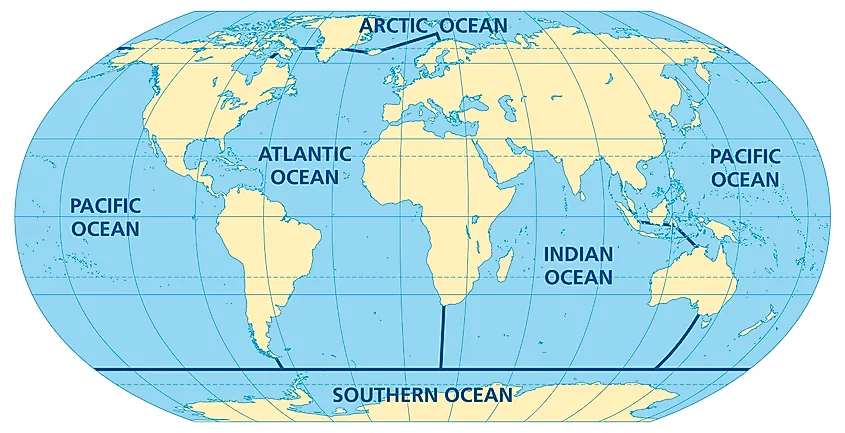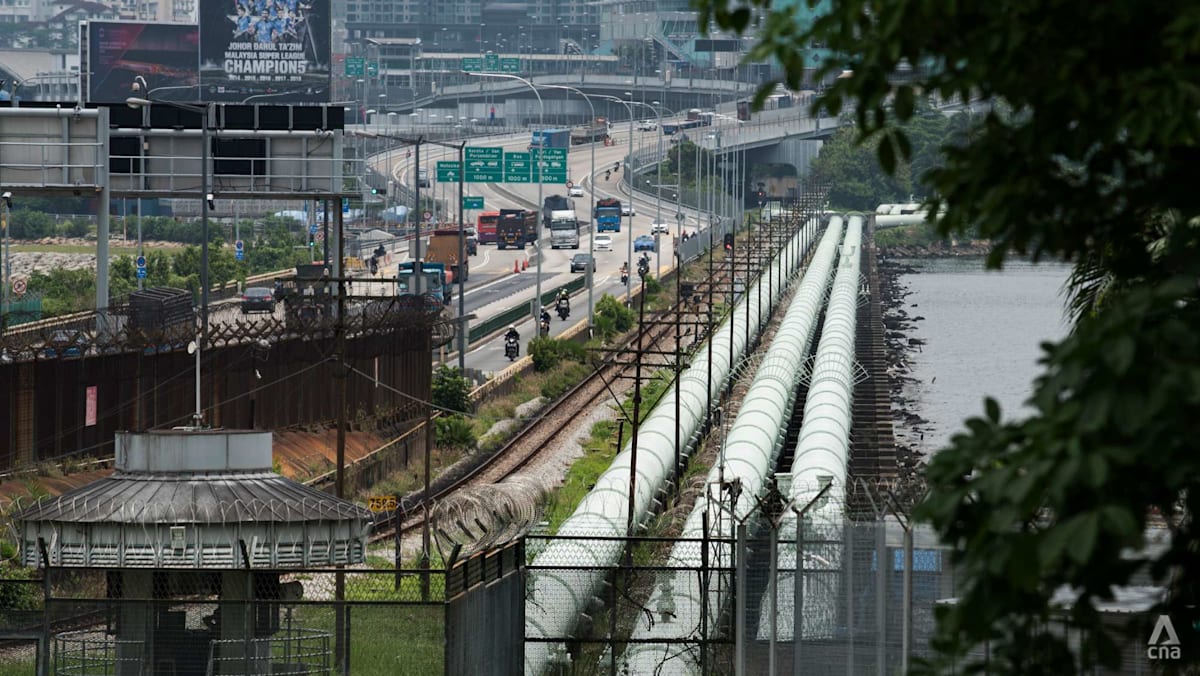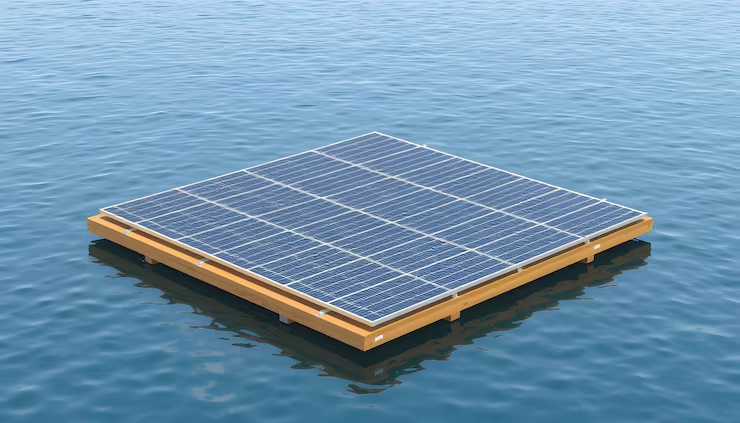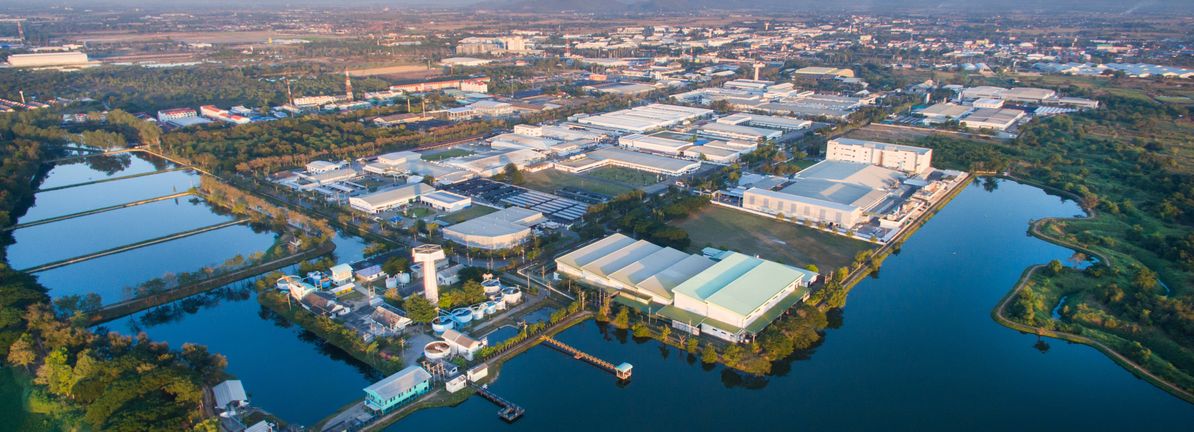Top 20 largest economies in the world in 2025: GDP rankings & key insights – Forbes India
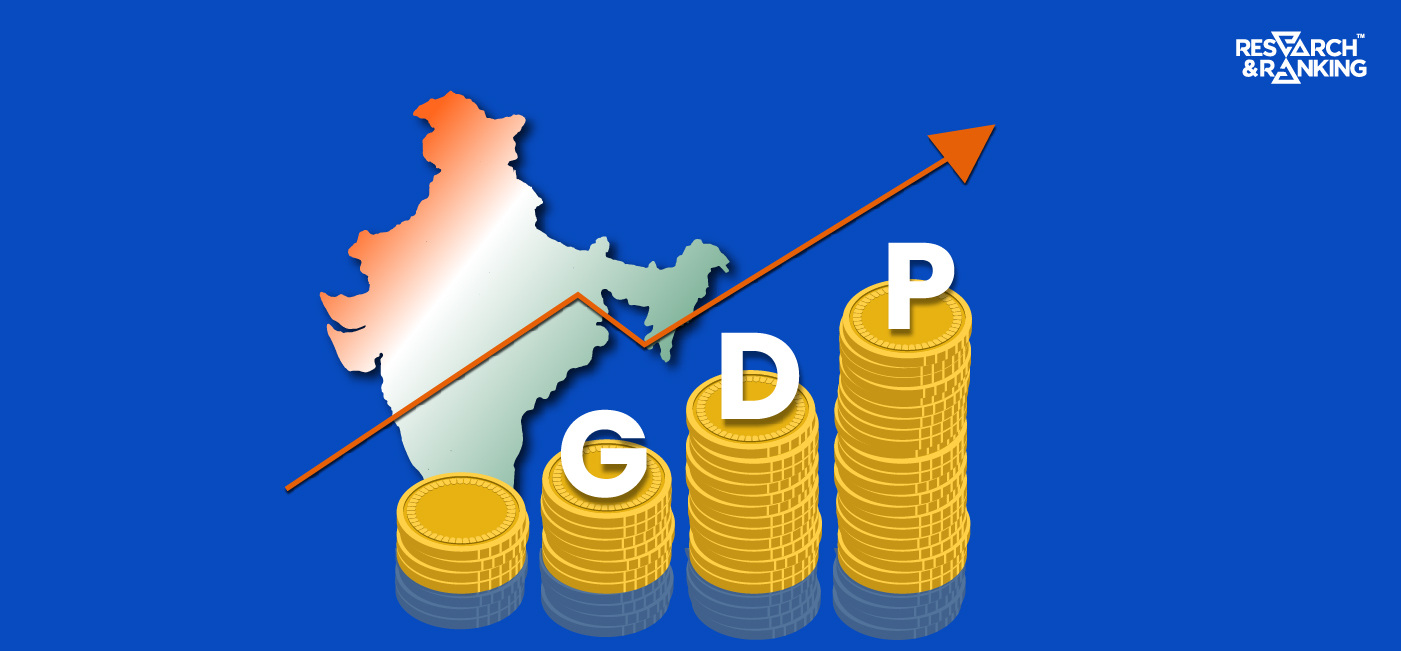
Global Economic Landscape 2025: An Analysis in the Context of Sustainable Development Goals
This report provides an analysis of the world’s largest economies projected for 2025, based on Gross Domestic Product (GDP). The assessment integrates the performance and characteristics of these economies with the framework of the United Nations Sustainable Development Goals (SDGs), particularly focusing on SDG 8 (Decent Work and Economic Growth), SDG 9 (Industry, Innovation, and Infrastructure), and SDG 12 (Responsible Consumption and Production).
Top 10 Economies and Their Alignment with Sustainable Development
1. United States of America
- Projected GDP: $30.51 trillion
- Economic Profile: A highly diversified economy driven by services, manufacturing, finance, and technology.
- SDG Analysis: The nation’s economic leadership provides a significant platform for advancing SDG 9 through its robust innovation and technological sectors. However, its large consumer market presents a critical challenge and opportunity to lead global efforts in SDG 12 by promoting sustainable consumption patterns. Sustained growth must be managed to ensure it is inclusive and contributes to SDG 8.
2. China
- Projected GDP: ~$18.27 trillion
- Economic Profile: Predominantly based on manufacturing, exports, and large-scale investment.
- SDG Analysis: China’s economic model is central to global progress on SDG 9, given its massive industrial and infrastructural capacity. The key challenge is transitioning this industrial base towards greener technologies and sustainable production methods to meet SDG 12 and SDG 13 (Climate Action), thereby ensuring that its pursuit of SDG 8 does not compromise environmental goals.
3. Germany
- Projected GDP: ~$4.5 trillion
- Economic Profile: An export-oriented economy renowned for its high-precision engineering, automotive, and chemical sectors.
- SDG Analysis: Germany is a leader in industrial innovation, directly contributing to SDG 9. Its strong commitment to research and development is crucial for creating the sustainable technologies needed globally. The focus now is on decarbonizing its core industries to align with climate goals and ensuring its skilled labor force is equipped for a green transition, supporting SDG 8.
4. India
- Projected GDP: ~$4.3 trillion
- Economic Profile: A diverse and rapidly expanding economy fueled by information technology, services, agriculture, and manufacturing.
- SDG Analysis: With a high projected growth rate of 6.2%, India’s economic expansion is critical for SDG 8. Growth driven by household spending, particularly in rural areas, has the potential to directly address SDG 1 (No Poverty) and SDG 10 (Reduced Inequalities). Leveraging its young, tech-savvy workforce is key to fostering innovation (SDG 9) and ensuring decent work for all.
5. Japan
- Projected GDP: ~$4.2 trillion
- Economic Profile: Characterized by advanced technology, a strong manufacturing base, and a significant service industry.
- SDG Analysis: Japan’s leadership in technology and high-quality manufacturing positions it to be a key contributor to SDG 9. Its focus on pioneering advancements can drive the creation of durable, efficient, and sustainable products, aligning with the principles of SDG 12. Economic strategies must address demographic challenges to maintain progress on SDG 8.
6. United Kingdom
- Projected GDP: ~$3.5 trillion
- Economic Profile: A mixed economy with strengths in services, finance, manufacturing, and creative industries.
- SDG Analysis: As a global financial hub, London can play a pivotal role in mobilizing finance for sustainable development, directly supporting SDG 17 (Partnerships for the Goals). The nation’s economic growth is shaped by global trade, highlighting the need for sustainable and fair trade policies that support global progress on the SDGs.
7. France
- Projected GDP: ~$3.1 trillion
- Economic Profile: A diversified economy with an emphasis on aerospace, tourism, luxury goods, and agriculture.
- SDG Analysis: France’s significant investment in research and development supports SDG 9. Its well-developed social welfare system serves as a mechanism for addressing SDG 1 (No Poverty) and SDG 10 (Reduced Inequalities), demonstrating a model where economic strength is coupled with social protection.
8. Italy
- Projected GDP: ~$2.3 trillion
- Economic Profile: A highly developed market with an influential business sector and a competitive agricultural industry.
- SDG Analysis: As the third-largest economy in the EU, Italy’s industrial sector is a key component of the region’s progress on SDG 9. Its strong agricultural industry is vital for food security (SDG 2), with an increasing need to focus on sustainable agricultural practices to protect biodiversity (SDG 15).
9. Brazil
- Projected GDP: ~$2.2 trillion
- Economic Profile: A broad economy encompassing agriculture, mining, manufacturing, and services.
- SDG Analysis: As a major global agricultural producer, Brazil’s economic activities have a profound impact on SDG 2 (Zero Hunger) and SDG 15 (Life on Land). Achieving sustainable economic growth (SDG 8) requires balancing resource extraction and agricultural expansion with environmental protection and climate commitments (SDG 13).
10. Canada
- Projected GDP: ~$2.1 trillion
- Economic Profile: An economy with significant reliance on natural resources, alongside a thriving services sector and manufacturing industry.
- SDG Analysis: Canada’s economic structure presents a clear challenge and opportunity to lead in the sustainable management of natural resources. The transition away from fossil fuels is critical for SDG 7 (Affordable and Clean Energy) and SDG 13. The nation’s commitment to innovation (SDG 9) will be essential for developing clean technologies and diversifying the economy.
Economies Ranked 11-20: Emerging Players in Sustainable Development
The next ten largest economies represent a significant portion of global economic activity. Their development trajectories will be crucial in the collective effort to achieve the SDGs. Integrating principles of sustainable and inclusive growth (SDG 8), green infrastructure (SDG 9), and responsible production (SDG 12) into their national strategies is imperative for a sustainable global future.
- Russia: $2.08 trillion
- Spain: $1.8 trillion
- South Korea: $1.79 trillion
- Australia: $1.77 trillion
- Mexico: $1.69 trillion
- Türkiye: $1.44 trillion
- Indonesia: $1.43 trillion
- Netherlands: $1.27 trillion
- Saudi Arabia: $1.08 trillion
- Poland: $979.96 billion
Analysis of Sustainable Development Goals in the Article
1. Which SDGs are addressed or connected to the issues highlighted in the article?
- SDG 8: Decent Work and Economic Growth: The article’s entire focus is on economic growth, using Gross Domestic Product (GDP) as the primary metric to rank countries. It discusses GDP growth rates, key economic sectors, and factors driving economic expansion, which are central themes of SDG 8.
- SDG 9: Industry, Innovation, and Infrastructure: The article repeatedly highlights the importance of manufacturing, technology, and innovation as drivers of the largest economies. It mentions specific industries like automotive, aerospace, and technology, and points to innovation and R&D as key strengths for countries like Germany, Japan, and the USA, connecting directly to the goals of SDG 9.
- SDG 1: No Poverty: While not the main topic, the article connects to SDG 1 by listing the “top 10 poorest countries in the world by GDP per capita.” GDP per capita is a key economic indicator related to a nation’s standard of living and its capacity to address poverty. The discussion on India’s growth being driven by increased rural household spending also touches upon economic upliftment.
- SDG 17: Partnerships for the Goals: The article implicitly relates to this goal by discussing the global nature of economies, trade, and exports. It mentions exports as a critical component of economies like China and Germany. Furthermore, its singular focus on GDP as a measure of progress is relevant to Target 17.19, which aims to develop measurements that complement GDP.
2. What specific targets under those SDGs can be identified based on the article’s content?
-
Target 8.1: Sustain per capita economic growth in accordance with national circumstances.
The article directly addresses this target by providing the “Annual GDP Growth Rate” for the top economies, such as India (6.2%), China (4.0%), and the USA (1.8%). This data is a measure of economic growth, which is the core of this target.
-
Target 8.2: Achieve higher levels of economic productivity through diversification, technological upgrading and innovation.
The article supports this by detailing the diversified nature of major economies. For example, it states the US economy is “propelled by important sectors, including services, manufacturing, finance, and technology.” It also highlights Japan’s “progressive technology” and Germany’s “robust research and development initiatives” as key economic strengths.
-
Target 9.2: Promote inclusive and sustainable industrialization and, by 2030, significantly raise industry’s share of employment and gross domestic product.
The article identifies manufacturing as a cornerstone of several major economies. It notes that the “Chinese economy predominantly hinges upon manufacturing” and that Germany is renowned for its “engineering, automotive, chemical, and pharmaceutical sectors,” implying the significant contribution of industry to their GDP.
-
Target 1.2: By 2030, reduce at least by half the proportion of men, women and children of all ages living in poverty in all its dimensions according to national definitions.
This target is indirectly referenced in the FAQ section, which lists the “top 10 poorest countries in the world by GDP per capita.” Low GDP per capita is strongly correlated with high poverty rates, making this list relevant to the global challenge of poverty reduction.
-
Target 17.19: By 2030, build on existing initiatives to develop measurements of progress on sustainable development that complement gross domestic product.
The article’s heavy and exclusive reliance on GDP to define the “largest economies” demonstrates the current dominance of this metric. By doing so, it highlights the very context in which this target operates—the need for broader measures of progress beyond GDP.
3. Are there any indicators mentioned or implied in the article that can be used to measure progress towards the identified targets?
- Gross Domestic Product (GDP): This is the most prominent indicator in the article. It is used to rank all economies and is defined in the text. It directly relates to SDG 8 and is the baseline metric that Target 17.19 seeks to complement.
- Annual GDP Growth Rate: The article provides this specific data point for several countries (e.g., India: 6.2%, USA: 1.8%). This is a direct indicator for measuring progress towards Target 8.1 (Sustain per capita economic growth).
- GDP per capita: This indicator is explicitly mentioned in the FAQ section when listing the “top 10 poorest countries” and “top 10 richest countries.” It serves as an implied indicator for Target 1.2, as it is a common proxy for the economic well-being and standard of living within a country.
- Share of global GDP, adjusted for PPP: The article provides this percentage for the top economies. This indicator reflects a country’s economic weight in the global system and is relevant to understanding global economic dynamics under SDG 8 and SDG 17.
- Value of Exports: While not quantified with a specific number, exports are mentioned as a key economic driver for China, Germany, and Japan. The “net value of exports” is also listed as a component of the GDP calculation, making it an implied indicator for Target 17.11 (Increase the exports of developing countries).
4. Table of SDGs, Targets, and Indicators
| SDGs | Targets | Indicators Identified in the Article |
|---|---|---|
| SDG 8: Decent Work and Economic Growth | Target 8.1: Sustain per capita economic growth in accordance with national circumstances. | Annual GDP Growth Rate; Gross Domestic Product (GDP) |
| SDG 8: Decent Work and Economic Growth | Target 8.2: Achieve higher levels of economic productivity through diversification, technological upgrading and innovation. | Mention of key economic sectors (manufacturing, services, technology, R&D) as drivers of GDP. |
| SDG 9: Industry, Innovation, and Infrastructure | Target 9.2: Promote inclusive and sustainable industrialization and raise industry’s share of GDP. | Mention of manufacturing and industrial sectors (automotive, chemical, electronics) as the foundation of major economies. |
| SDG 1: No Poverty | Target 1.2: Reduce poverty in all its dimensions. | GDP per capita (used to identify the “poorest countries”). |
| SDG 17: Partnerships for the Goals | Target 17.19: Develop measurements of progress that complement gross domestic product. | The article’s exclusive use of Gross Domestic Product (GDP) as the sole measure of economic size and success. |
Source: forbesindia.com

What is Your Reaction?
 Like
0
Like
0
 Dislike
0
Dislike
0
 Love
0
Love
0
 Funny
0
Funny
0
 Angry
0
Angry
0
 Sad
0
Sad
0
 Wow
0
Wow
0




























